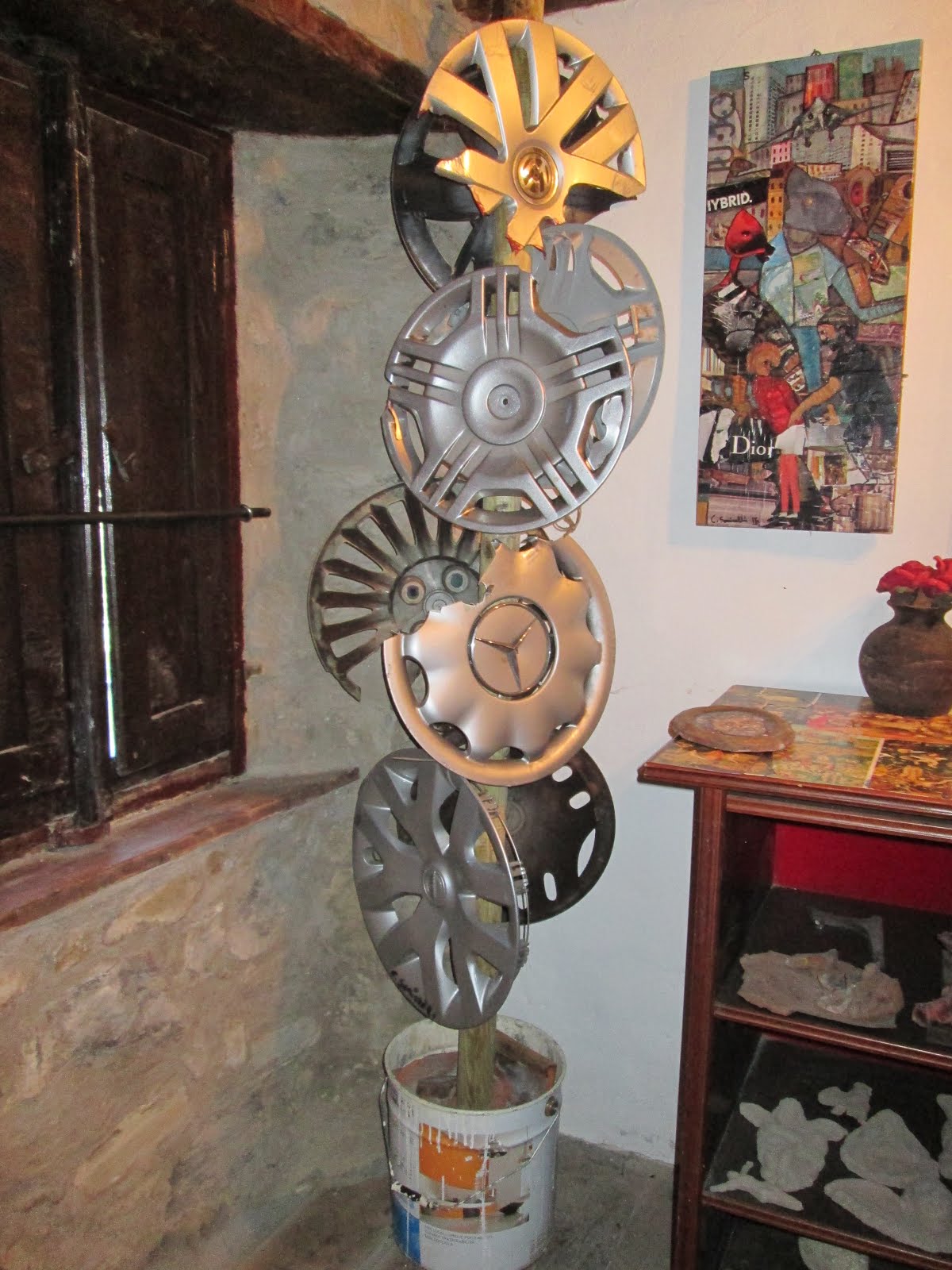ll rifiutismo
Il Rifiutismo di Carlo Soricelli – L’arte che rifiuta l’indifferenza
Il Rifiutismo è una corrente artistica nata negli anni Ottanta per iniziativa di Carlo Soricelli, pittore e scultore bolognese da sempre attento ai drammi umani e sociali del nostro tempo. Non si tratta di un semplice stile pittorico, ma di una vera e propria scelta di campo: etica, civile, umana. Il Rifiutismo si pone in netta opposizione all’arte autoreferenziale, commerciale, decorativa, e si fa strumento di denuncia, di memoria e di empatia.
Il termine “Rifiutismo” è carico di significati. Rifiuto come gesto consapevole dell’artista che non accetta l’ingiustizia, la violenza, l’emarginazione. Ma anche rifiuti come materia simbolica: i corpi invisibili della società, gli ultimi, gli scarti, ciò che viene ignorato. In questo senso il Rifiutismo rappresenta un’arte contro l’indifferenza, che dà dignità e voce a chi non ce l’ha.
Le opere rifiutiste, realizzate spesso con materiali poveri o riciclati, parlano un linguaggio crudo e diretto, a volte struggente, ma mai gratuito. Il colore è urlo, la materia è carne, il segno è memoria. La forma si piega al contenuto, e ogni tela diventa atto di resistenza morale. Il Rifiutismo non cerca lo scalpore, ma il risveglio delle coscienze.
Nell’opera di Soricelli, il Rifiutismo rappresenta una fase centrale, coerente con tutta la sua visione del mondo: l’arte non come evasione, ma come presenza attiva nella realtà. È il presupposto necessario per comprendere anche il successivo sviluppo della pittura pranica, dove la denuncia si trasforma in energia vitale, in cura, ma senza perdere l’urgenza etica del dire.
Il Rifiutismo è oggi più attuale che mai: un’arte che non tace, non dimentica, non si adegua. Un’arte che rifiuta, per restituire umanità.
Carlo Soricelli’s Rifiutismo – Art that Rejects Indifference
Rifiutismo is an artistic movement that emerged in the 1980s, founded by Carlo Soricelli, a painter and sculptor from Bologna who has always been deeply engaged with the human and social tragedies of our time. It is not merely a pictorial style, but a conscious stance: ethical, civic, and human. Rifiutismo stands in sharp contrast to self-referential, commercial, and decorative art, and becomes a tool of denunciation, remembrance, and empathy.
The term Rifiutismo carries multiple layers of meaning. “Refusal” as a deliberate act by the artist who rejects injustice, violence, and marginalization. But also “refuse” as symbolic material: the invisible bodies of society, the outcasts, the discarded, what is ignored. In this sense, Rifiutismo is art against indifference—art that gives dignity and voice to those who have none.
Rifiutista works, often created using humble or recycled materials, speak in a raw and direct language—at times heartrending, but never gratuitous. Color is a scream, matter is flesh, the mark is memory. Form yields to content, and every canvas becomes an act of moral resistance. Rifiutismo does not seek scandal, but the awakening of conscience.
In Soricelli’s work, Rifiutismo marks a central phase, fully consistent with his vision of the world: art not as escape, but as active presence in reality. It is the necessary foundation for understanding the later development of pittura pranica (pranic painting), where denunciation is transformed into vital energy—into healing—but without losing the ethical urgency to speak out.
Rifiutismo is more relevant today than ever: an art that does not stay silent, does not forget, and does not conform. An art that refuses—in order to restore humanity.


























Nessun commento:
Posta un commento